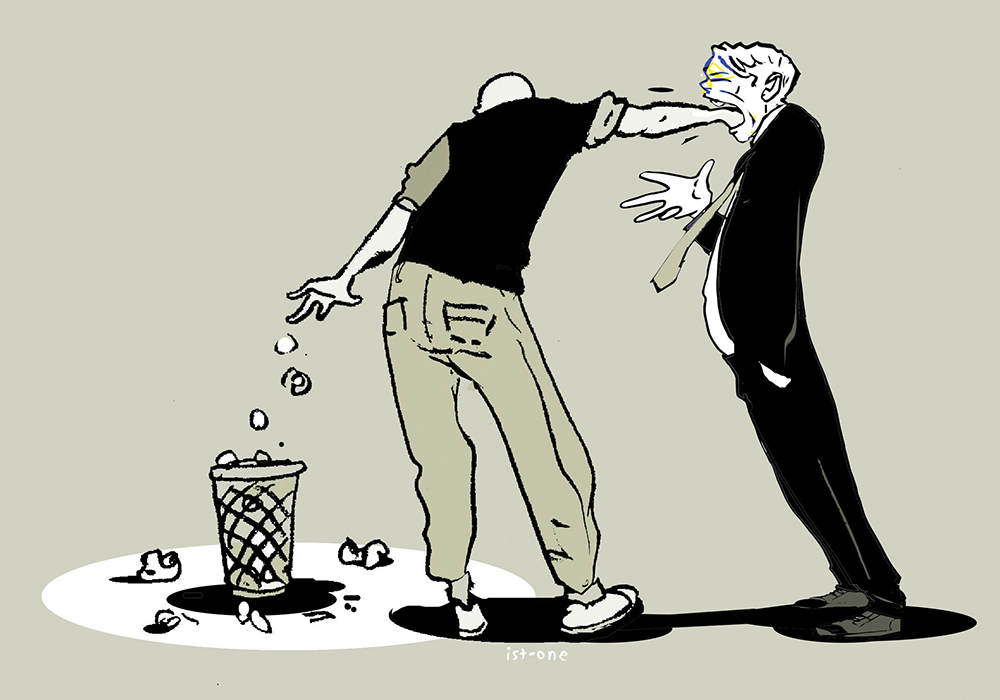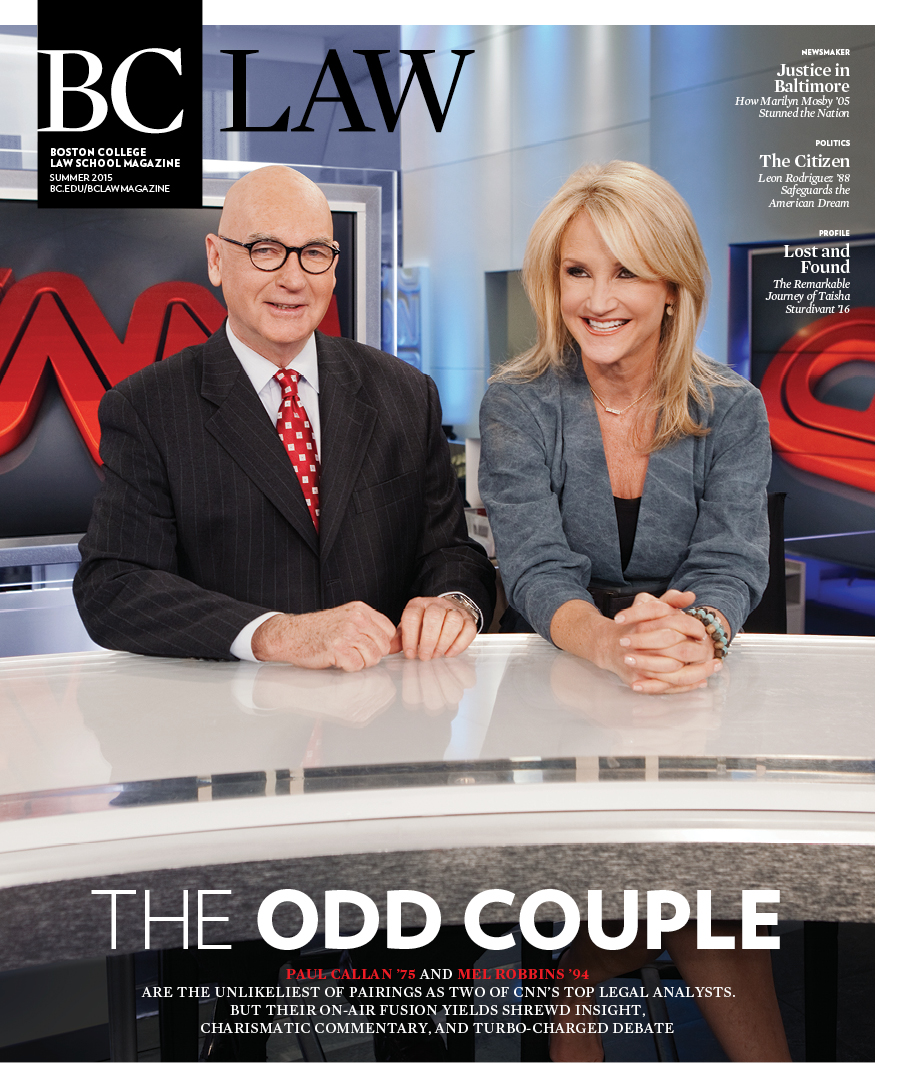Every few months it seems we hear yet another example of hate speech on campus. This past winter a viral video showed members of a fraternity at the University of Oklahoma chanting that they’d rather see a black student lynched than as a member of their clan. Last year, fraternity members at Ole Miss placed a noose around the statue of James Meredith, the courageous student who desegregated the campus in 1962.
Both acts were roundly condemned as abhorrent. But legal scholars came to the defense of the students in both cases, saying that public universities could not punish them because doing so would violate the First Amendment’s commitment to “uninhibited, robust, and wide-open” discourse.
These scholars are likely correct as a predictive matter. If this situation were litigated before the Supreme Court, the hateful students would almost certainly win.
But no one with a frontal lobe would mistake a drunken anthem or a noose as part of a robust debate about race relations. If the First Amendment has become so ham-fisted that it cannot distinguish between such expressions of hate and earnest public debate about race, then perhaps it is time we rethink what it means.
Under current doctrine, the First Amendment tells us our remedy for expressions of hatred is not punishment but counterspeech. Those not targeted by the speech can recite how distasteful such racism (or sexism, or homophobia) is, and isn’t it too bad so little can be done. Meanwhile, those targeted by the speech are forced to speak out to reassert their right to be treated equally, to be free to learn in an environment that does not threaten them with violence. Ironically, the First Amendment’s reliance on counterspeech forces the most marginalized among us to bear the costs of bigots’ speech. Counterspeech is exhausting and distracting, but if you are the target of hatred, you have little choice. You can stay silent, but that internalizes the taunt.
The First Amendment tells us that threats are punishable, but only if they are targeted at specific individuals. Burning a cross on the front lawn of a family’s home can be a threat; burning one in a field outside of town is not. The secret of converting threats into protected speech, says the First Amendment, is to aim them at more people. The First Amendment asks African Americans to set aside their fear that white men cheerfully singing about lynching might end badly for someone, somewhere. In First Amendment doctrine, what matters is whether drunken frat boys intend to whip themselves into a murderous frenzy then and there (not protected), or whether they could wait awhile (protected).
The way we interpret the First Amendment need not be so empty of nuance. It is possible to believe, as the Supreme Court unanimously held over eighty years ago, that some “words which by their very utterance inflict injury … are no essential part of any exposition of ideas.” It is possible to be a staunch defender of full-throated discourse but still recognize the difference between dialogue and vomitus. In fact, most western democracies are much less protective of hate speech than we are.
We understandably worry about the over-regulation of speech. Yet is the slippery slope so slick that we cannot fathom any restrictions on the worst speech? Is the slope so steep that we cannot recognize harms flowing from screeches of hatred subjecting whole populations to fear of violence?
If this is what the First Amendment requires, I dissent.
Kent Greenfield is Professor of Law and Dean’s Research Scholar. This article is adapted from “The Limits of Free Speech,” which appeared in TheAtlantic.com in March 2015.



